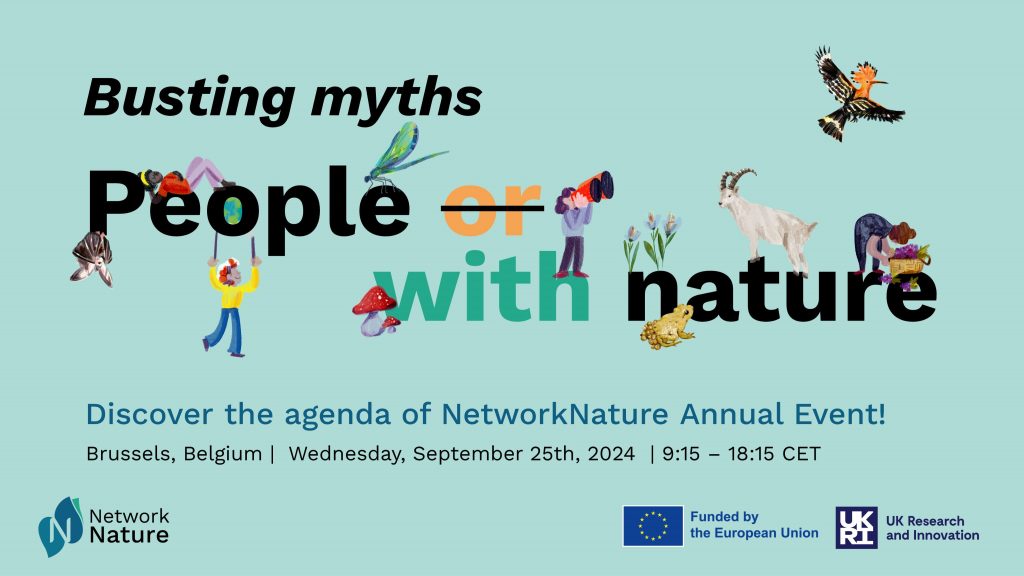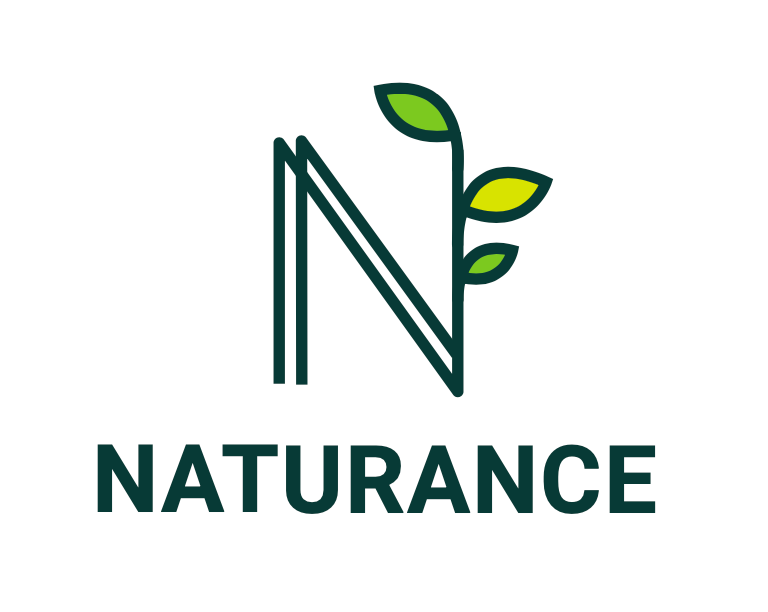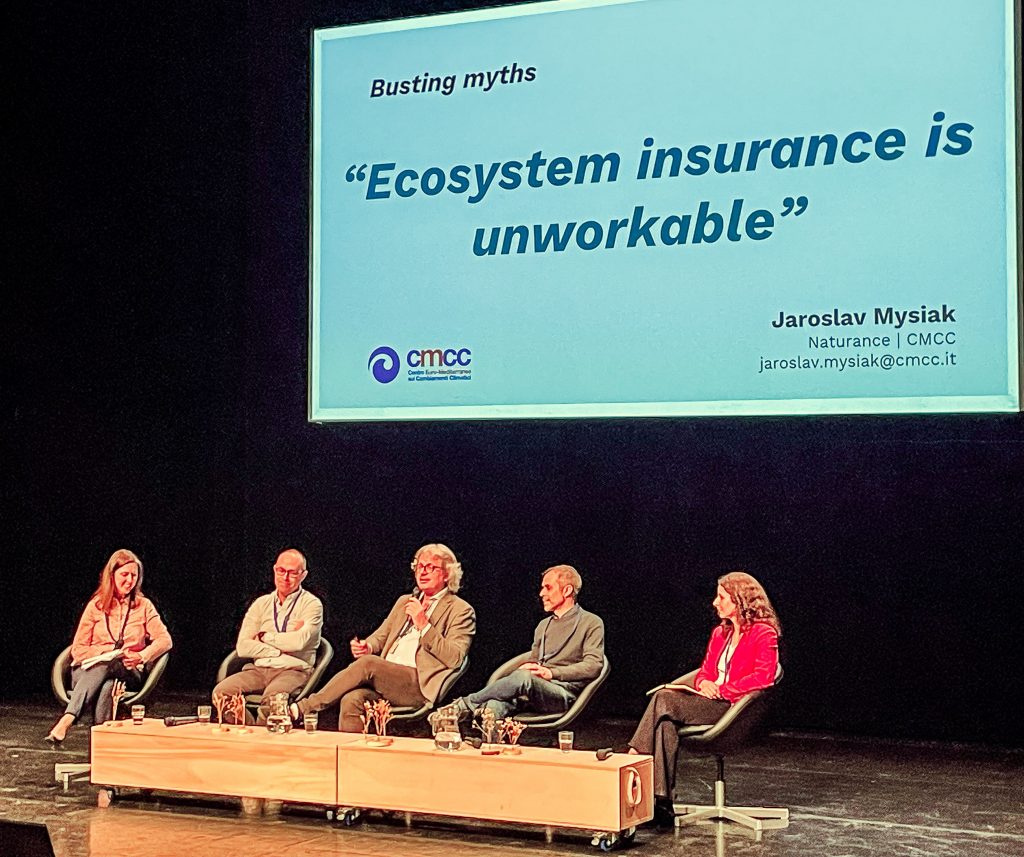On September the 25th, NATURANCE researchers will join the NetworkNature Annual Conference in Brussels. This year’s event focuses on “busting myths” in relation to ecosystem restoration and management. The event will revolve around myths that practice, research, policy making, and business are busting or that need to be busted to bring about transformative change and reverse biodiversity loss.
Jaroslav Mysiak, NATURANCE coordinator, will debunk the widespread idea that ecosystem insurance is unworkable. In addition, Jaroslav Mysiak and Stefano Ceolotto (CMCC) will present two case studies (NATURANCE public procured insurance and PIISA parametric insurance) at a Task Forces Cluster Meeting held the day before the conference.

Back to the myths, ecosystem services – such as clean water, air purification, pollination, and climate regulation – are vital to human well-being and economic stability. They are essentially public goods and the private sector should stay excluded from their management and preservation. Moreover, insurance products that recognize the economic value of healthy ecosystems and seek to mitigate risks associated with environmental degradation are not interesting for insurers because they undermine their business case.
The reality behind the myth is that the private sector plays a crucial role in the sustainable management and preservation of ecosystem services. Businesses have a vested interest in maintaining healthy ecosystems, as they rely on these services for raw materials, clean water, and a stable climate. Private sector involvement can bring innovative solutions, efficient resource management, and significant investment to conservation efforts.
Insurance products that protect ecosystem services are, in fact, gaining traction among insurers. These products provide a valuable business opportunity by addressing the growing risks associated with environmental degradation. The role of insurance in nature restoration is multifaceted. Firstly, it provides financial protection and resilience against environmental risks, such as natural disasters, which can damage ecosystems and reduce their ability to deliver essential services.
By compensating for losses, insurance helps communities recover and rebuild natural habitats more swiftly. Secondly, insurance mechanisms can incentivize conservation and sustainable management practices. For example, reduced premiums may be offered to landowners and businesses that implement measures to preserve or restore ecosystems, thereby aligning economic incentives with environmental goals.
Furthermore, insurance can support large-scale restoration projects by providing the necessary financial backing. This ensures that sufficient funds are available to cover the costs of restoration activities, from initial planning and implementation to long-term maintenance and monitoring.

